Raman spectroscopy applications
From laboratories to real-world impact
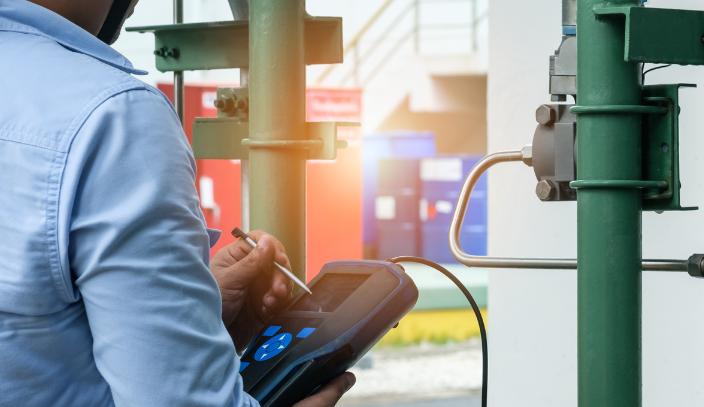
Today, Raman spectroscopy applications extend far beyond university research and several industries now leverage this technology for a multitude of critical functions. Raman spectroscopy is extensively used in pharmaceutical quality control, serves as a critical tool for first responder security, and is expected to bring similar advancements to healthcare and various other industries.
What characterizes applications of Raman spectroscopy?
Raman spectroscopy is ideal for analyzing crystalline solids, polymers, biological tissues, and liquids. It’s particularly effective for substances with strong Raman signals, such as molecular structures with stretching vibrations of carbon double and triple bonds and the symmetric vibrations of aromatic groups.
Its non-destructive nature makes it perfect for delicate samples and avoidance of contamination. Combined with the ability to provide immediate results Raman spectroscopy is well-suited for in-line monitoring in production.
Furthermore, Raman spectroscopy’s ability to see through containers such as bottles and bags is a significant benefit compared to more traditional sampling techniques. In contrast to IR spectroscopy, Raman has low sensitivity to water, making it well-suited for analyzing samples dissolved in water.
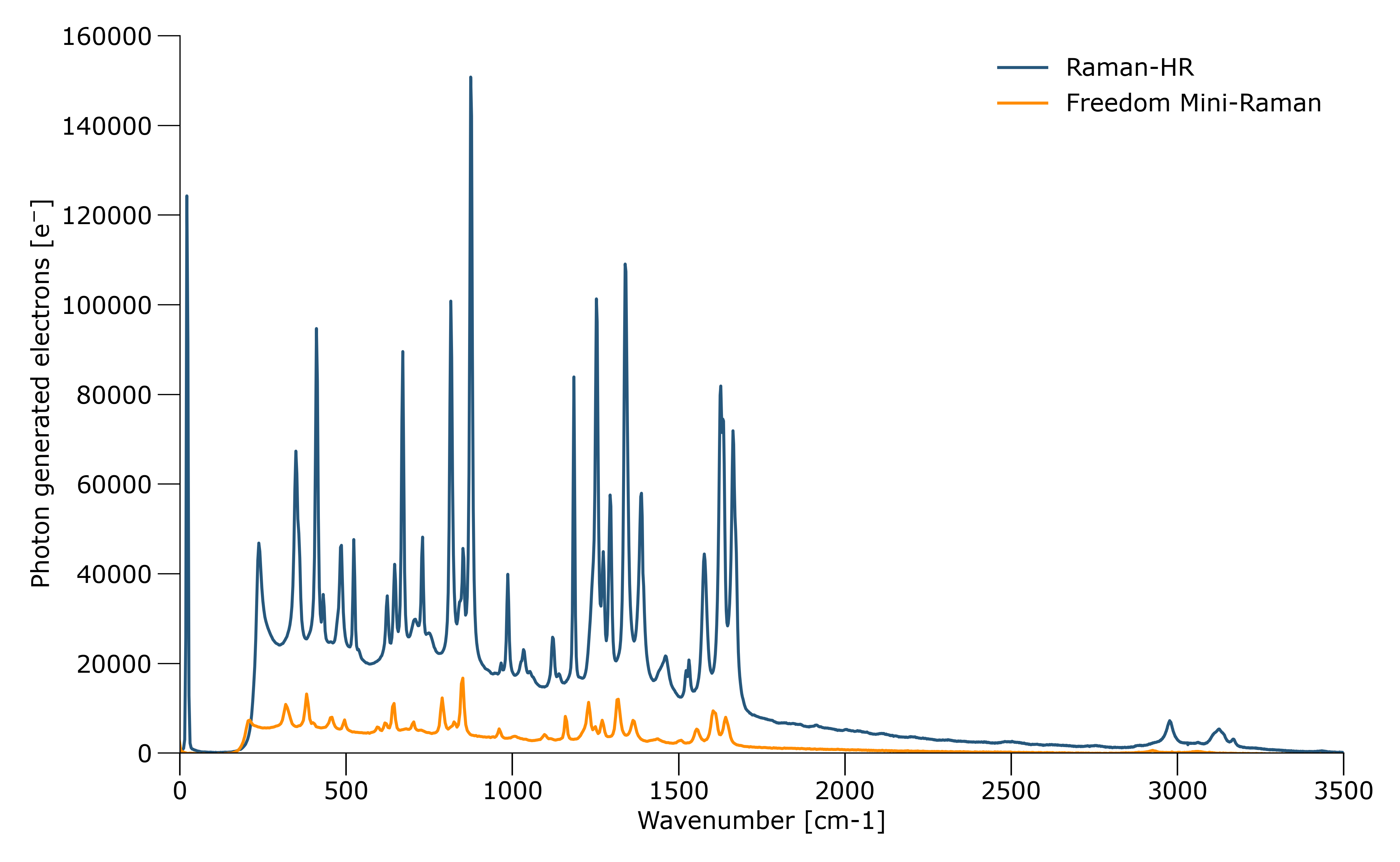
Examples of Raman spectroscopy applications
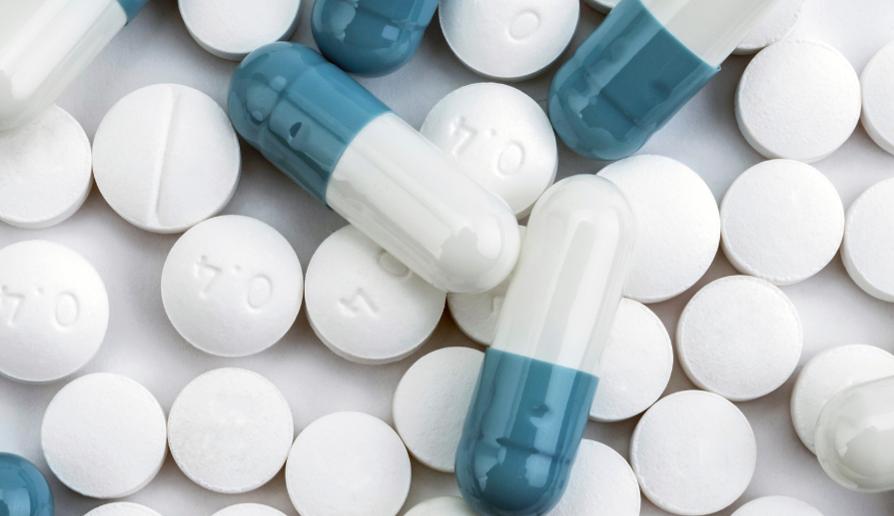
Quality Control (QC) in Pharmaceutical Manufacturing
Quality Control (QC) in pharmaceutical manufacturing ensures the safety and efficacy of medications. One key aspect is the inspection of incoming raw materials. Utilizing Raman spectroscopy, QC teams can analyze materials through containers and bags without opening them, preserving integrity and reducing contamination risks.
The immediate results obtained with Raman spectroscopy represent a significant improvement over traditional methods. Instead of taking a sample, sending it to the laboratory, and waiting for days to get the results, which halts production, Raman spectroscopy allows for instant analysis and continuity in the production process.
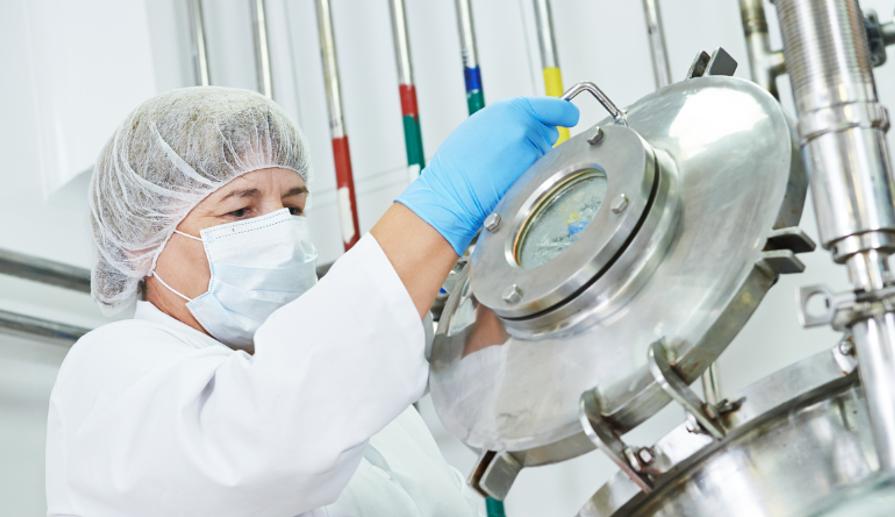
Cell culture and fermentation process monitoring in pharmaceutical and food manufacturing
Another application of Raman spectroscopy in pharmaceutical and food manufacturing is monitoring cell culture and fermentation processes. It provides real-time analysis of biochemical changes, ensuring optimal conditions for cell growth and product consistency. The low sensitivity to water offers an advantage for analyzing aqueous solutions.

Hazardous/illegal materials detection for first responders
Handheld Raman instruments are invaluable tools for first responders dealing with drug identification, explosives detection, and hazardous materials. These devices provide rapid, accurate, non-destructive analysis on-site, allowing for immediate decision-making in critical situations. They can identify a wide range of substances through sealed containers, minimizing exposure risks and enhancing safety.
In drug identification, they quickly confirm the presence of illicit substances. For explosives, they detect and differentiate between various compounds, ensuring appropriate response measures. When dealing with hazardous materials, these instruments identify toxic chemicals, enabling swift and effective containment and mitigation efforts.

Cancer diagnosis in healthcare/life science
Raman spectroscopy has the potential to become an essential tool in cancer detection due to its non-destructive nature, high selectivity, and minimal interference from other substances. The spectroscopic profiles from Raman-active functional groups of nucleic acids, proteins, lipids, and carbohydrates enable the evaluation, characterization, and discrimination of tissue types.
Raman spectroscopy has been shown to identify markers associated with malignant changes and could therefore be used as a diagnostic tool for the early detection of precancerous and cancerous lesions in vivo. Additionally, during cancer surgeries, Raman technology can assist in identifying residual cancerous tissue after tumor removal, leading to quicker pathology results and less discomfort for patients.
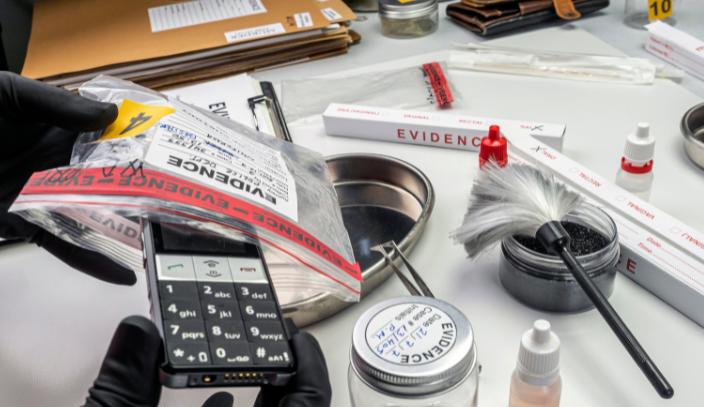
Forensics
Due to its non-destructive nature, Raman spectroscopy allows for the examination of trace evidence such as drugs, explosives, and fibers without altering the samples. This makes Raman spectroscopy highly applicable in forensic science, aiding in the identification and analysis of various substances at crime scenes.
Additionally, Raman spectroscopy can be used to identify counterfeit documents and analyze ink and pigment compositions. This rapid and accurate method enhances forensic investigations by providing reliable results that can be used in legal proceedings.
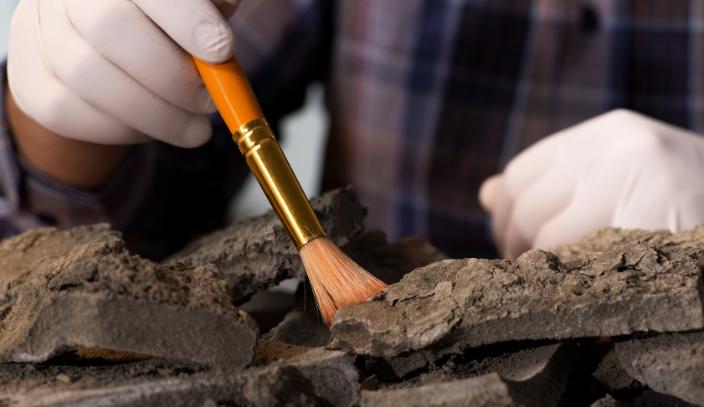
Cultural heritage
In cultural heritage Raman spectroscopy can help in authenticating artifacts, understanding ancient technologies, and developing suitable conservation strategies, thus preserving cultural treasures for future generations.
Your preferred supplier of Raman spectrometers
Ibsen Photonics stands out as your preferred supplier of Raman spectrometers. With over 30 years of experience, we excel in volume manufacturing of OEM spectrometers, holding ISO 9001 and 13485 certifications. Our high-quality, robust designs ensure low unit-to-unit variation and model transferability.
Our transmission gratings provide the highest sensitivity over the broadest wavelength range, enhancing performance. Additionally, our spectrometers undergo rigorous environmental qualifications and we maintain stable supply chains with flexible options for our OEM customers. Partner with Ibsen Photonics to focus on your core business.
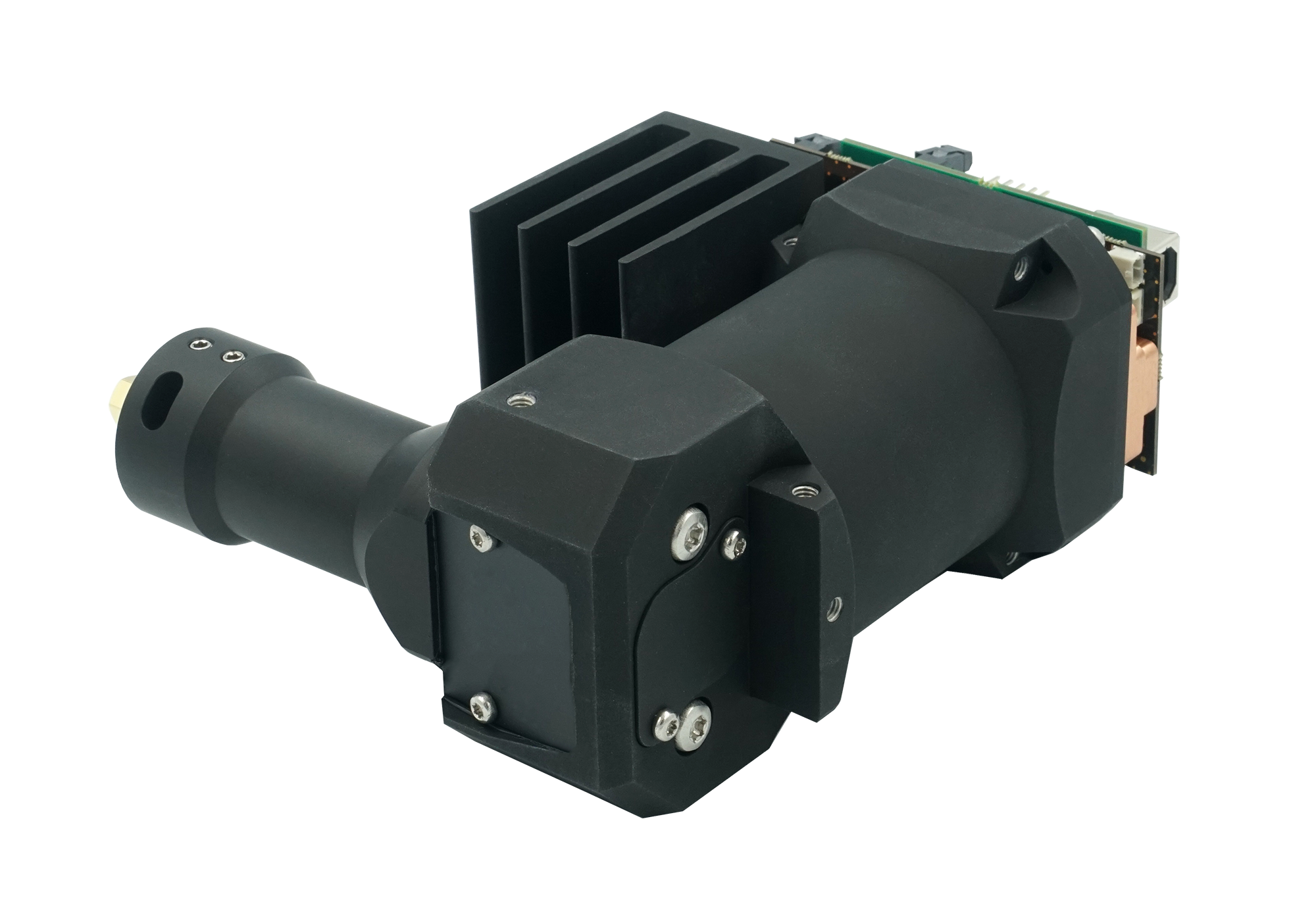
More resources
Want to know more?
For further information see below.